Fish grown in filtered water system had higher survival
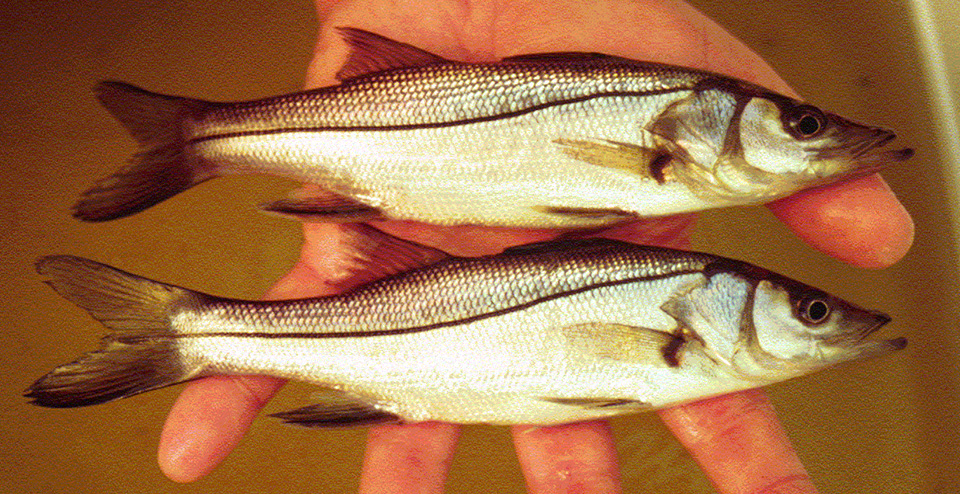
The common snook (Centropomus undecimalis) is a high-value sport fish indigenous to coastal waters from Florida, USA, to Brazil. Increasing fishing pressure and loss of habitat along Florida’s coastline have led to the development of protocols for snook aquaculture and stock enhancement. Difficulties in culturing snook include larvae that are extremely sensitive to handling, and cannibalism during the nursery stage.
Stock enhancement
Mote Marine Laboratory is developing larval-rearing and nursery culture techniques in recirculating systems to produce snook fingerlings for stock-enhancement trials. The overall goal is to develop aquaculture and stock-enhancement techniques that increase depleted fish stocks in a responsible, environmentally sound manner.
The authors are working closely with Mote Marine Laboratory’s stock-enhancement team and the Florida Fish and Wildlife Conservation Commission to monitor the effects released fish have on the natural populations of snook in Sarasota Bay. To date, over 40,000 fingerlings have been released into Sarasota Bay and adjacent waterways. Snook populations in some areas have increased by as much as 5 percent in just a few years.
Spawning
Snooks spawn in southwest Florida from April to September, when water temperatures are approximately 28 to 30 degrees-C. At this time of year, adult snook migrate to warmer, shallow-water passes of the bays to spawn. Snook eggs for Mote Marine Laboratory’s program were obtained from wild fish that were strip spawned in the field. This approach provided large numbers of broodfish during spawning, which improved the genetic diversity of the cultured population.
Systems
Snook eggs were transported to the lab in 36-ppt filtered seawater, disinfected with 3-ppt hydrogen peroxide, and stocked into two systems of tanks. Each system contained five, 1.25-meter-diameter tanks of 1,476 liters with a 250-liter fluidized bed biofilter. One system also used a 20-µm paper cartridge filter to remove solids and a 40-watt ultraviolet sterilizer. The second system had no mechanical filtration, and algae and invertebrates were allowed to grow on the tank walls.
Larval culture
All tanks were stocked with approximately 30 eggs per liter. Eggs began hatching at 14 hours post-fertilization. Larvae were 1.2 mm in length at hatch, and began eating three days after hatching. First feed consisted of enriched rotifers fed at a density of 30 rotifers per ml. Feed was administered four times daily.
Rotifers were fed day 2 to 25. Nannochloropsis algae paste was added to both systems for the first 14 days to maintain rotifers and increase turbidity in an attempt to reduce cannibalism. Artemia was introduced on day 12 and fed to day 28. Feeding of microdiets was begun on day 14 to initiate weaning from live feeds by day 28.
Size grading
Earlier work revealed that handling of snook at early stages caused massive mortalities. Since snook develop scales at 28 to 30 days after hatching, the first size grading occurred on day 32. Salinities were lowered gradually to 20 ppt by day 30 to help in osmotic balance and reduce stress and shock in the larvae.
Fish were gently hand sorted using artemia nets and kept submerged as much as possible. Mortalities were less than 0.2 percent. Subsequent size grading was repeated every 30 to 45 days using adjustable bar graders. Data on length, weight and total survival were collected from each tank in the experiment.
Results
Fish reared in the unfiltered water system had better initial growth than fish in the filtered water system, showing an average of 61 percent greater weight at 10 weeks (Fig. 1). Invertebrates such as amphipods, copepods, ostracods, and midge larvae were observed in this system. Fish reared in the filtered water system had higher overall survival, with 23 percent more fish coming from this system. The higher initial weights in the unfiltered system may be a result of lower fish densities in these tanks. Fish from both systems showed similar weights by age of release.

Conclusion
Both larval culture systems tested in this experiment produced healthy snook fingerlings, but fish in the filtered water system had higher survival. Mechanical filters and ultraviolet sterilizers are now being used in all larval and grow-out systems.
Future research activities at Mote Marine Laboratory are focused on improving larval production to provide large numbers of healthy snooks for stock enhancement. Significant work in the coming year will be focused on larval nutrition, improving larval survival rates, and investigating passive size-grading techniques initiated at an earlier age.
(Editor’s Note: This article was originally published in the February 2003 print edition of the Global Aquaculture Advocate.)
Now that you've reached the end of the article ...
… please consider supporting GSA’s mission to advance responsible seafood practices through education, advocacy and third-party assurances. The Advocate aims to document the evolution of responsible seafood practices and share the expansive knowledge of our vast network of contributors.
By becoming a Global Seafood Alliance member, you’re ensuring that all of the pre-competitive work we do through member benefits, resources and events can continue. Individual membership costs just $50 a year.
Not a GSA member? Join us.
Authors
-
Kevan L. Main, Ph.D.
Center for Aquaculture Research & Development
Mote Marine Laboratory
1600 Ken Thompson Parkway
Sarasota, Florida 34236 USA -
David Jenkins
Center for Aquaculture Research & Development
Mote Marine Laboratory
1600 Ken Thompson Parkway
Sarasota, Florida 34236 USA[103,114,111,46,101,116,111,109,64,106,101,118,97,100]
Tagged With
Related Posts
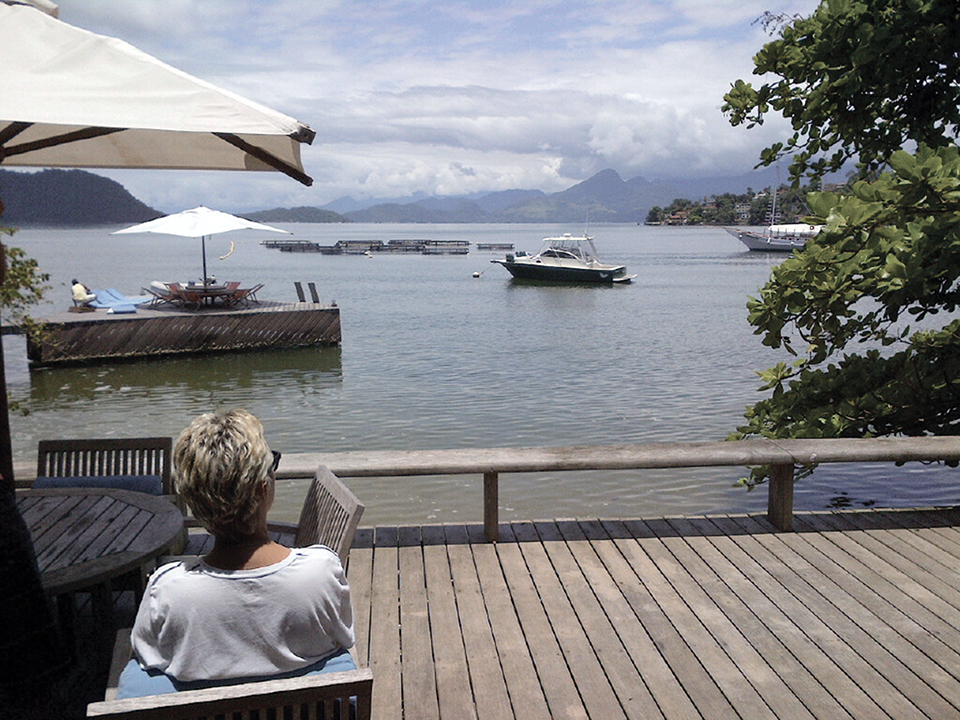
Innovation & Investment
Boutique fish farms in Brazil
In combination with the availability of coastal areas with favorable environmental and labor conditions, Brazil’s affluent market for seafood could support expansion of a niche aquaculture sector: boutique farming.
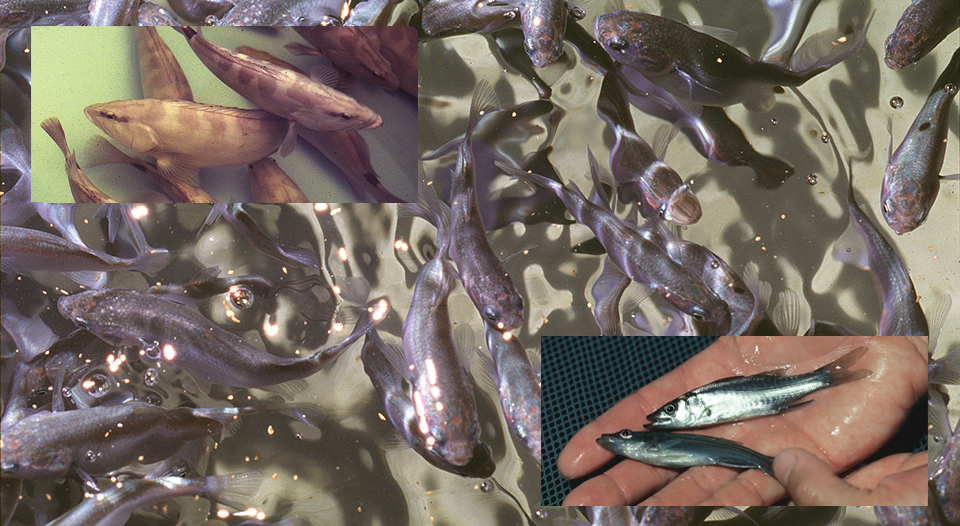
Health & Welfare
Marine fish stocking studies demonstrate species adaptability, environmental quality
Stocking marine fish in coastal impoundments in Florida, USA, has demonstrated improved habitat quality and given hatchery fish a transition to open water.
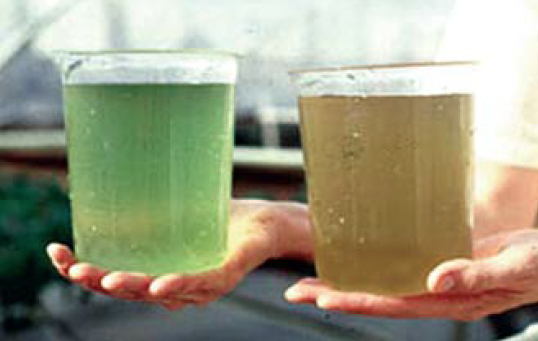
Health & Welfare
Microbial flocs for aquaculture
Microbial flocs consist of a variety of bacteria, fungi, microalgae and other organisms suspended with detritus in culture water.
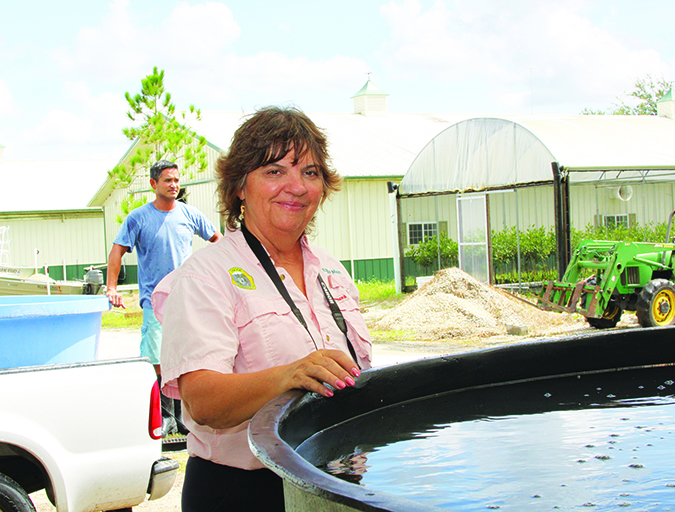
Responsibility
White House awards hint at aquaculture’s potential in the United States
The latest Champions of Change awards celebrated the work of change-makers in sustainable seafood, from chefs to fishermen to aquaculture advocates. With innovation and perseverance, the industry may soon meet its vast potential.


